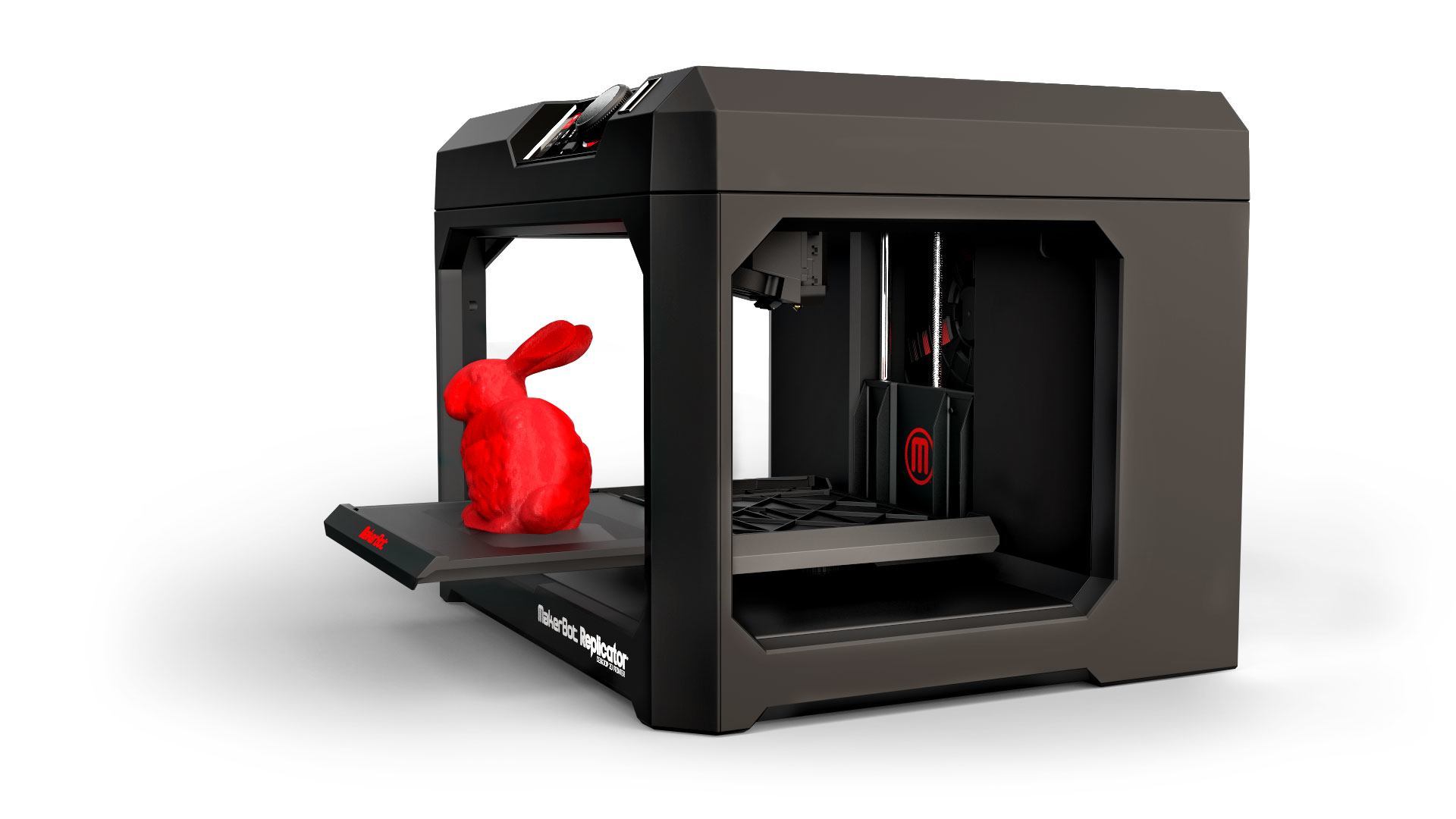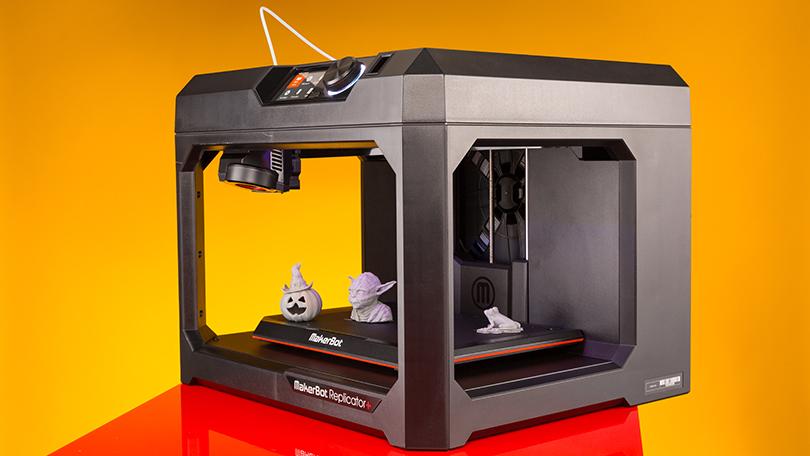What Do 3D Printers Do? – Check the functions and working of printers!!
3D printing, also known as additive manufacturing, uses one of multiple processes to create a three-dimensional object. Generally, 3D printers use additive processes, laying down multiple layers of material under the control of a computer. These printers create 3D models a single layer at a time, starting at the bottom and working upward, repeatedly printing over one area.

3D printers work automatically, and over a period of time, they create a three two model by taking 3D CAD drawings and turning them into may cross-sectional, two-dimensional layers. The printer doesn’t use ink; these printers generally use molten plastic or other materials, fusing the layers together with ultraviolet light or adhesive. The printer has a tiny nozzle on it that applies the plastic very precisely under the control of a computer.
The 3D printer doesn’t print all the layers at one time. It starts by printing one layer, and after that layer dries, then it will print the next layer. For quality 3D models, high quality plastic should be used or you’ll end up with a crude, unattractive model.
Ekocycle’s list of under 500 3D printers will offer benefits to the people in printing of different things. The charges should be considered under the budget to get potential benefits. The use of the skills and excellence is there to get the desired results and potential benefits.
Of course, 3D printers don’t have to print with plastic. Other molten material can be used, as long as it’s a material that will harden and set relatively quickly.
While most people are aware that 3D printers are used to make car parts and plastic prototypes, that’s not all that these printers can do. Here’s a look at some of the unique things 3D printers are doing today.
The use of a 3D printer is revolutionizing science in many ways, and scientists are experimenting with 3D printed organs. Doctors and researchers have already been able to use living cells to create artificial scaffolds that are in the shape of organs. One case is already known where a 3D-printed lung splint was made with a 3D printer, saving the life of a prematurely born baby who was born with lung development problems.
3D printers are now being used to create 3D printed prosthetics. In the Netherlands, medical researchers were able to print a new lower mandible for an older woman who had to have her jaw removed due to infection. In the famous case of Buttercup the Duck, a silicon foot was printed on a 3D printer, helping the duck to walk after the amputation of the duck’s left foot.

NASA is using 3D printers, and they’ve successfully printed a rocket engine injector, which stood up well to testing. A 3D printer has also been sent to the International Space Station. This allows astronauts to print out items they need in space, such as tools they need in space.
With 3D printers, the possibilities are endless. 3D printers already do so much, and with continued research and technological improvements, these printers will continue to surprise us with what they can do.
